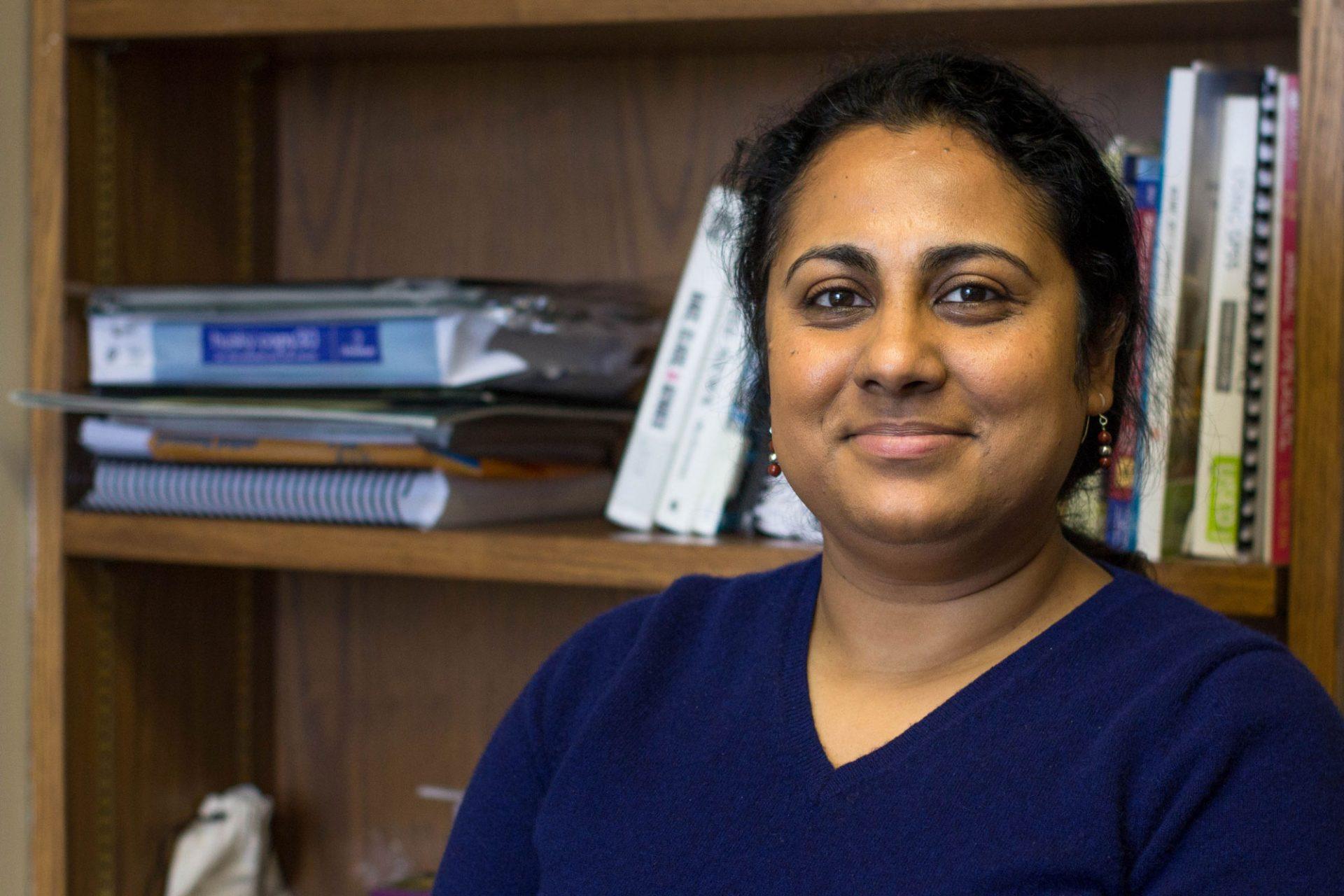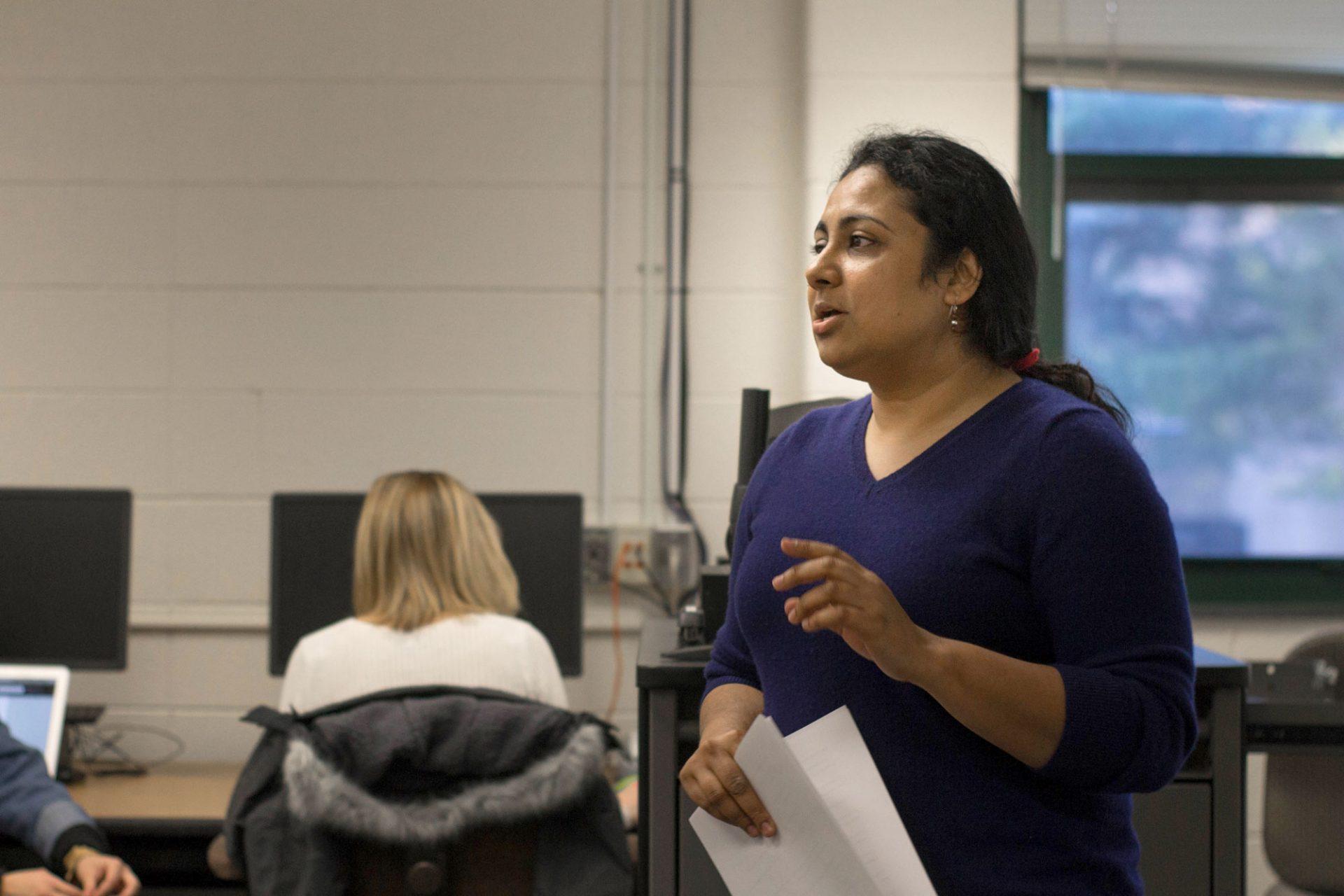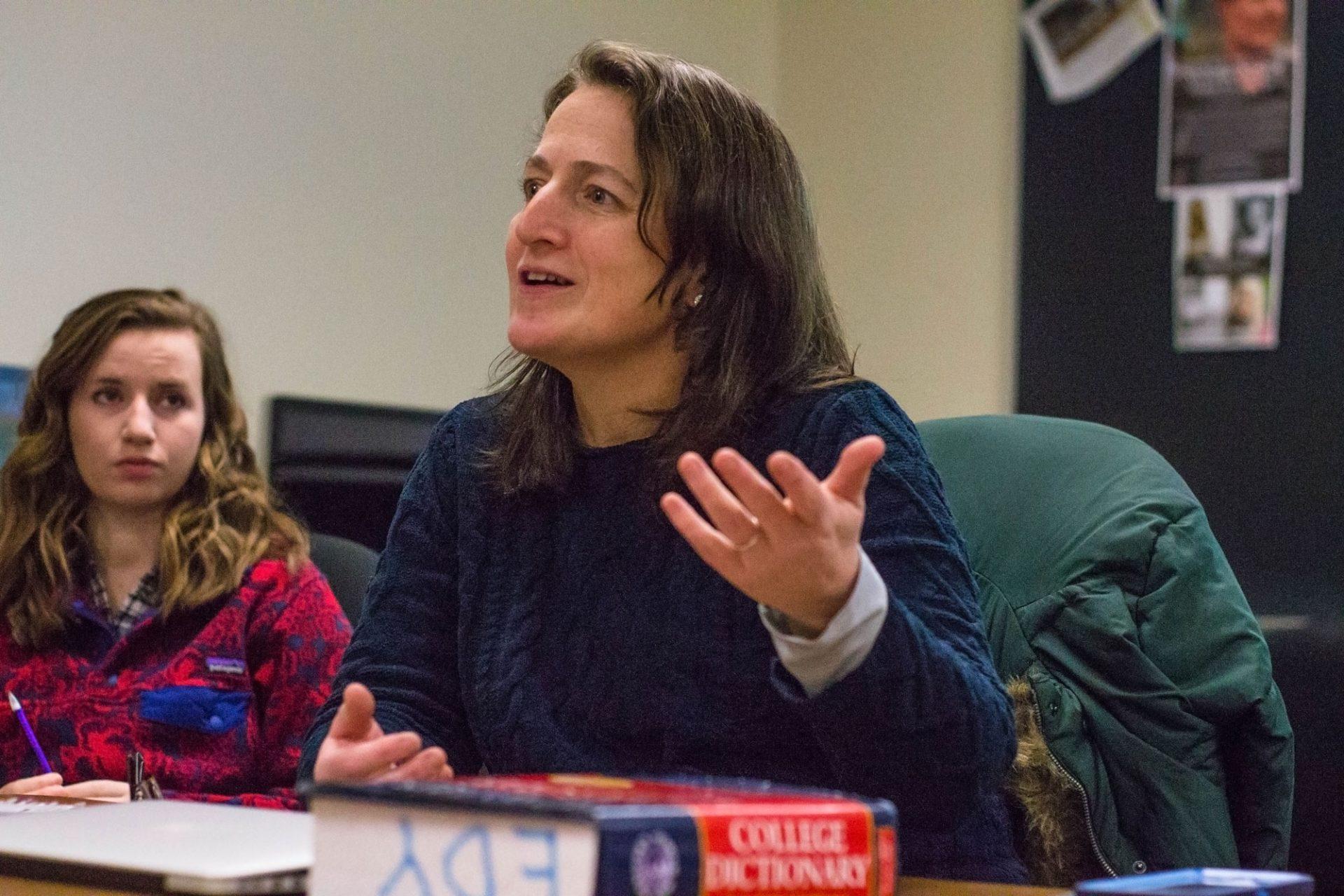Since the spring semester of 2006, the Appalachian State University Department of Communication has offered a course called Minorities in Media. Designed to have students critically analyze the way minority groups are portrayed in the media that surrounds us, this lecture and discussion-based course aims to open students’ eyes.
Originally offered as a special topics class, Minorities in Media was comprised of mostly communications students. After a few semesters, there was a push to make the course available to a wider pool of students.
Carolyn Edy, assistant professor of communication, helped to make the course a general education credit because she felt that all students could benefit from the material. Minorities in Media is a discussion-based class, so by opening the class up to students from other majors and departments, the students themselves can enrich the learning experience.

Assistant professor of communication Newly Paul, who teaches Minorities in Media, said she sees the benefit in a focus on class discussion.
“We have people who come from various backgrounds. They bring their own examples, they bring theories, authors that they’ve learned in their other classes, and then they will tie that up to the main things in class,” Paul said.
Newly Paul has been teaching Minorities in Media for four semesters, and she defines media as including more than the news media, but also advertisements, entertainment television, songs and web portrayals. Paul starts out the course by discussing stereotypes and media theories, so students can have the framework to understand the course material.
The class then devotes each class period to discussing a certain minority group and how they are portrayed in the media. Topics for discussion include people of color, women, LGBTQ populations, age, women in politics, minorities in politics and more. At the end of the semester, the class is devoted to discussing solutions for the future and how media coverage can be improved.
Edy taught Minorities in Media for one semester, and though she had a large group, she put effort into making the environment comfortable for discussion, even taking the time to arrange desks in a circle. She designed the material to fit the students, catering discussion topics to their interests and individual needs.

Students even had the opportunity to give Edy feedback on a subject without having to do so in the middle of class. If a student did not understand an issue, Edy would explain the material or show a Public Broadcasting Service video in the next class so everyone could be present in the discussion.
“Sometimes the discussions were heated, but that was kind of, that discomfort is the place in which you learn, so that was kind of exciting too, to see students kind of thriving with the challenges of the class and enjoying that,” Edy said.
Paul sees the class as an opportunity to help students understand each other.
“I think this class may be a really tiny small step in making people get into that space where they’re uncomfortable, but then at least come away with the perspective of the other side and what the view looks like from their side,” Paul said.
Story by: Natalie Broome, A&E Reporter
Photos by: Sam Kepple, Intern Photographer
Featured Photo Caption: Carolyn Edy leads a class discussion in her spring 2018 feature writing class.

